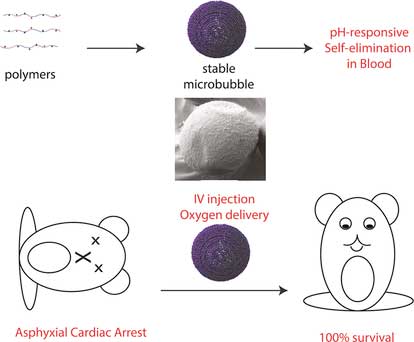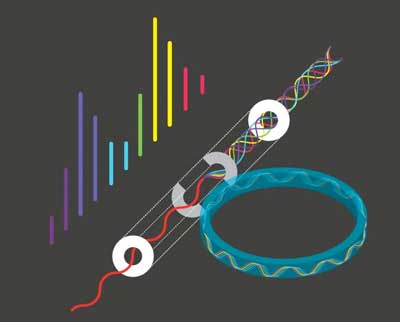
Tuesday, January 23, 2018
Scientists developed a new model of frequency combs in optical microresonators
Scientists have developed a new mathematical model that describes the process of soliton occurrence in optical microresonators. After the physicists understand the existing effects and learn to predict new ones, they will be able to create high-precision devices and universal optical oscillators.
Scientists develop quantum metamaterial from complex twin qubits
An international team of scientists has made a breakthrough in the creation of seemingly impossible materials. They have managed to create the world's first quantum metamaterial which can be used as a control element in superconducting electrical circuits.
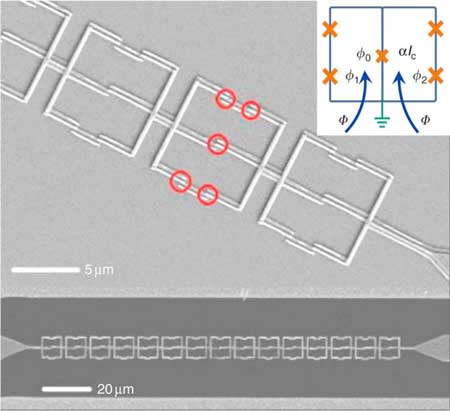
New filters could enable manufacturers to perform highly selective chemical separation
A team of chemical and biological engineers has developed highly selective membrane filters that could enable manufacturers to separate and purify chemicals in ways that are currently impossible, allowing them to potentially use less energy and cut carbon emissions.
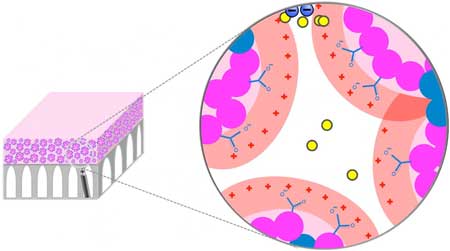
Adding graphene girders to silicon electrodes could double the life of lithium batteries
New research has found an effective approach to replacing graphite in the anodes of lithium-ion batteries using silicon, by reinforcing the anode's structure with graphene girders.
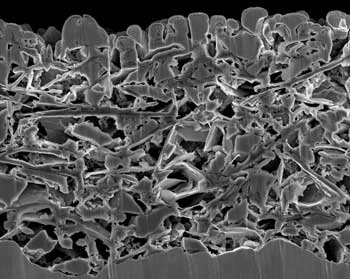
Graphene-powered motors may lead to new source of green energy
Researchers have designed tiny graphene-powered motors that can run on ambient temperature.
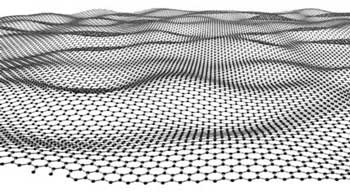
Scientists reveal the fundamental limitation in the key material for solid-state lighting
For the first time an international research group has revealed the core mechanism that limits the indium content in indium gallium nitride thin films - the key material for blue light emitting diodes (LEDs).
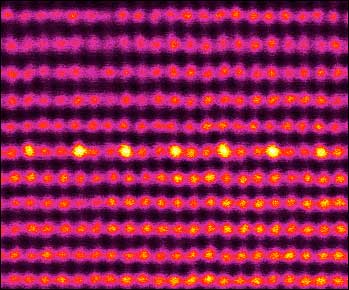
A discovery about the behavior of heat in electronic devices can improve their performance
Researchers studied the heating of small current lines placed on top of a silicon substrate, simulating the behavior of current transistors.
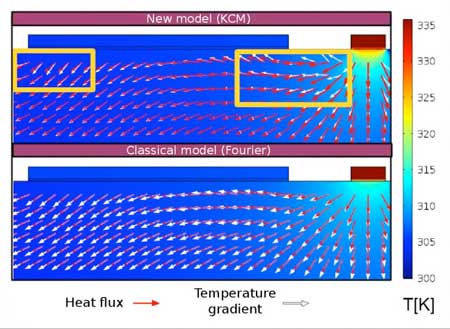
Piezoelectric thin film vibration helps miniaturizing atomic clocks
Scientists have developed a simple miniaturized atomic clock system, which does not require a complicated frequency multiplication.
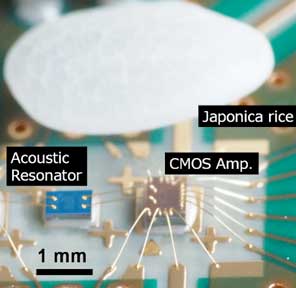
Scientists suggested a new method for synthesizing a promising magnetic material
Researchers used a new method for synthesizing iron-dysprosium garnet. Magnetic materials of this class are used in microwave and magnetic photon equipment. Iron-dysprosium garnet is understudied and may have previously unknown properties.
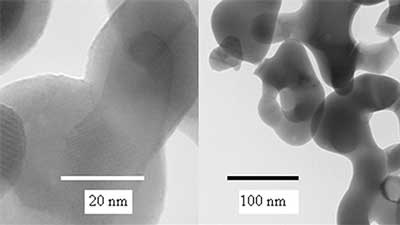
Complex tessellations, extraordinary materials
Scientists explain how molecules form complex tessellations through self-organization.
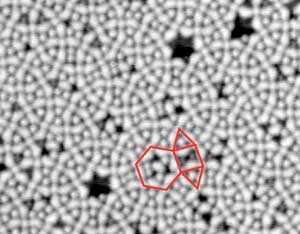
Highly efficient quantum dot LEDs with metallic nanostructures at low cost
Researchers have succeeded in improving the efficiency of Quantum Dot (QD) Light-Emitting Diodes (LEDs) by designing metallic nanostructure substrates.
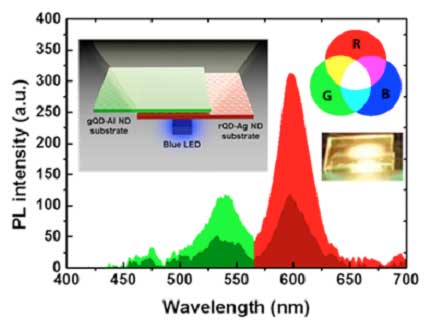
Subscribe to:
Comments (Atom)

